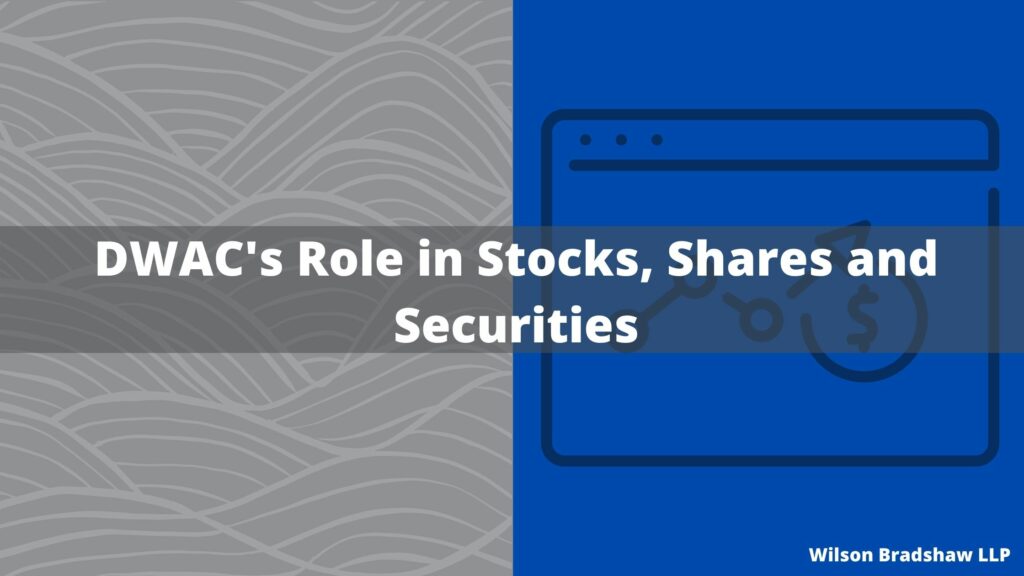DWAC stands for Deposit/Withdrawal at Custodian.
It is an electronic transaction system run by The Depository Trust Company (DTC) that makes it possible to transfer new shares or paper share certificates between broker/dealers or custodial banks, the DTC participants, and the issuer’s transfer agent. The DTC is, thus, “a clearinghouse settling trades in corporate and municipal securities” (Investopedia). DWAC enables investors to hold securities in registered form on the books of the transfer agent rather than in physical form. (See blog entry on 1/13/14, “What is a Company Stock Transfer Agent?” for an explanation of transfer agents.
There are several benefits to DWAC rather than traditional paper issuance of stock certificates. First, it reduces the amount of time of the settlement process, the transfer and delivery of securities, for investors. The second benefit is that there is less risk of losing physical certificates. Thirdly, it lowers the cost of shipping and handling that are necessary to deliver paper certificates.
Shareholders can withdraw stock from their brokerage accounts and still request a physical stock certificate by either authorizing their broker to make a request through DTC or by having the broker send shares directly to the transfer agent through the DWAC system.
Shareholders can deposit stock into their brokerage account by either sending their physical stock certificates to their broker or by having their transfer agent send the shares directly to the broker through the DWAC system. The transfer agent must receive instructions from the issuer authorizing the transaction. It is the transfer agent’s job to make sure the transaction request perfectly matches the instructions it received. The transfer agent then records the credit or debit, whichever the case may be, on the book-entry account record of the issuer.
References: colonialstock.com, empirestock.com, and investopedia.com .

